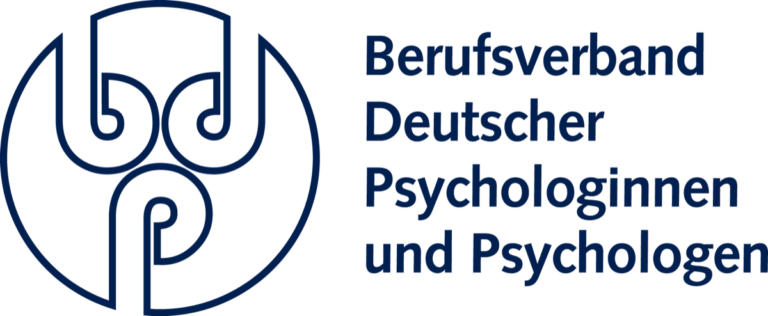ONLINE THERAPY for TRAUMA & COMPLEX PTSD

Get Help Today: Online Therapy for Trauma and Complex PTSD
Online Therapy for cPTSD (Complex PTSD) offers a proven path to healing and personal growth. By focusing on past experiences and their impact on daily life, I use evidence-based PTSD treatment to restore safety and balance. Additionally, if you are seeking a skilled trauma therapist offering Online cPTSD Recovery, you’re in the right place.
Understanding Trauma’s Effects
Trauma has a profound impact on how you perceive the world. It often creates barriers that result in disconnection, heightened vigilance, and emotional overwhelm. Despite these challenges, healing is possible. Without a doubt, by addressing triggers and rebuilding a sense of safety, you can reconnect with your authentic self and rediscover peace.
Tailored Therapeutic Approaches
As a professional trauma therapist, I offer personalized support for navigating Complex PTSD therapy. Through approaches such as Gestalt Therapy and Internal Family Systems (IFS), I help clients achieve meaningful change and lasting results.
Online Therapy for cPTSD: Gestalt Therapy for Trauma
Gestalt Therapy focuses on the present moment to encourage healing. Also, with this method, you can:
- Become aware of trauma responses as they occur
- Transform protective patterns into intentional choices
- Foster authentic relationships with others
- Develop the ability to manage triggers effectively
- Build a grounded sense of presence
Indeed, by emphasizing present-moment experiences, Gestalt Therapy strengthens resilience and promotes a deeper connection to yourself.
Online Therapy for cPTSD: Internal Family Systems (IFS) Therapy
With IFS therapy, I guide you in exploring parts of yourself that may carry trauma burdens. While these parts often act protectively, they can also cause emotional struggles. This approach helps you:
- Reconnect with vulnerable parts needing care
- Transform automatic protective responses
- Activate your natural healing abilities
- Establish greater internal harmony and resilience
Together, these techniques allow you to move past the limitations of unhealed trauma and embrace a fulfilling, balanced life.
Begin Your Healing Journey
Structured support is essential for meaningful recovery. By combining evidence-based approaches, I help clients create new patterns of safety, connection, and self-compassion. Whether addressing developmental trauma, attachment trauma, or dissociative responses, my therapy plans foster real progress.
Additionally, to learn more about effective trauma-focused care, visit resources such as the International Society for Traumatic Stress Studies (ISTSS) or the National Alliance on Mental Illness (NAMI). These organizations provide valuable insights into recovery practices.
Ready to take the first step? Contact me today to begin your journey toward healing and transformation.
Online Therapy for cPTSD: Professional Treatment Framework
I offer flexible trauma therapy packages designed to meet your individual needs. In particular, these options provide structure, support, and convenience, allowing you to focus on your healing journey. You can choose from:
- Weekly or bi-weekly cPTSD sessions
- Customized therapeutic frameworks
- Discounted packages (5-10%)
- Global access to therapy
Specialized Areas of Focus
First, my practice addresses a range of trauma-related challenges, including:
- Complex PTSD (cPTSD)
- Developmental Trauma
- Attachment Trauma
- Single-Incident PTSD
- Chronic Trauma Patterns
- Dissociative Responses
Who Benefits From This Work?
Second, my therapy services are well-suited for:
- Adults seeking expert trauma support
- Individuals ready to embrace deep healing
- Those committed to long-term growth and transformation
- People looking for professional guidance through recovery
Session Options and Packages
And finally, to accommodate different needs, I provide several options:
- Individual trauma counseling (per session)
- 3-session package (5% discount)
- 8-session package (10% discount)
- Flexible scheduling options
Take the First Step
For additional information on evidence-based trauma recovery, explore trusted resources such as the International Society for Traumatic Stress Studies (ISTSS) or the National Alliance on Mental Illness (NAMI). These organizations emphasize the importance of structured and compassionate care.
In summary, recovery isn’t about achieving perfection. Instead, it’s about reclaiming your authentic capacity for life. Let’s work together to create a pathway to growth, stability, and freedom.
Certified Trauma Specialist • Complex PTSD Expert • Professional Trauma Therapist • Online Trauma Recovery • Evidence-Based PTSD Treatment • Global Trauma Therapy • Professional cPTSD Help • Expert Trauma Counseling • Online Complex Trauma Treatment • Trauma Recovery Specialist
